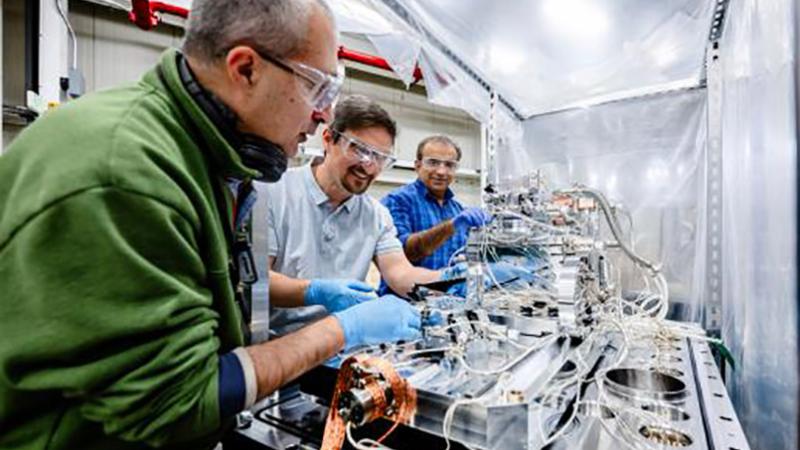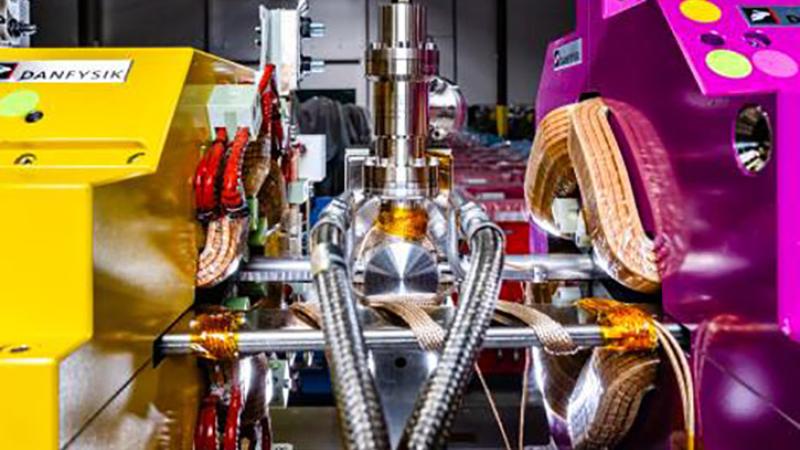APS PEOPLE & EVENTS
The Argonne engineer and physicist has overseen the construction of light sources around the globe.
Her chief responsibility is to ensure that designs meet quality and safety standards.
Her leadership enables Argonne to continue pushing the boundaries of accelerator science.
Jul 14 2025 to Jul 17 2025
Aug 10 2025 to Aug 15 2025
Aug 11 2025 to Aug 18 2025
Calgary, Canada

















